VidHD: modern video output for the Apple IIgs
With the 3.5 inch floppy drives fixed, and a new 4MB memory card in hand, the next task that I faced in resurrecting my Apple IIGS was obtaining a proper video output to a more modern display. RGB monitors can be difficult to find, especially those that can operate at the signal frequency output of the IIGS. (A Mac RGB display will not work with an Apple IIGS.)
Wouldn’t it be great if I could use my Apple IIGS with a more modern HDMI display?
It turns out such a thing is actually possible, thanks to the fine folks at Blue Shift Incorporated. They have developed a solution in the form of an internal card called VidHD. The VidHD card, which retails for $135 + shipping, works with all model Apple // machines that contain slots, from the Apple II to the ROM 3 Apple IIGS.
As of this writing, the latest VidHD firmware is 1.15; this is the version I’ve purchased. The cards appear to be assembled to order, so a little patience is required. My card arrived within 3 weeks of placing my order.
The package includes the card, a small HDMI cable, and a quick start documentation sheet. For those requiring more information, a full PDF manual is available online.
The VidHD provides a pure digital HDMI 1080p output, upscaled directly from the byte values written into the Apple’s video memory. It has direct support for a multitude of video modes (IIGS RGB, NTSC/PAL, HDTV, etc.). Even the IIGS’s 256-color Super Hi-Res mode can be enabled on an Apple //, //+ and //e. The VidHD requires a 1080p display (50 or 60 Hz) with a horizontal resolution of at least 1920 pixels. The manual clearly mentions that displays that are smaller than 1080p will not work.
On a ROM 1 IIGS, the VidHD can only reside in Slot 3. No other user configuration is required. (You don’t have to set Slot 3 to “Your Card” in the IIGS control panel.) The VidHD comes with its own control panel, accessible by hitting Control-6 on your keyboard when the IIGS first powers on. Unlike the IIGS control panel, which preserves its settings via an onboard battery, the VidHD control panel will forget your settings after the IIGS has powered off. Firmware updates, via a microSD card on the device, portend that this may be addressed in future revisions.
For testing purposes, I have been using the VidHD with my original ROM 1 Apple IIGS for the better part of 3 months now. In short, it works like a charm. Below are some photos I’ve taken of various programs, both 16-bit and 8-bit, so you can get an idea of its output. The VidHD drives an HP ZR24W display.
Note: I did not have a chance to test any programs that use Double High Res mode (used in many 8-bit Apple // games), but this mode is fully supported based on tests that other Apple // users have performed.
With the VidHD card plugged in, it’s important to power on your display first, before powering on the Apple //. I observed a slight delay (of about 6 seconds or so) before video output displayed on my IIGS screen. The manual mentions that the delay is due to the time required for the VidHD to finish its startup sequence.
Overall, the VidHD does an excellent job in faithfully recreating the RGB look you’ll find on the Apple IIgs. AppleWorks, and other 8-bit stalwarts, worked like a charm. IIGS games, like Arkanoid II and Tass Times, look just as good as I remember them from years past.
I have not tested all programs, but nearly all the programs I’ve tried have worked flawlessly. I did run into a weird issue where Taito’s QIX for the IIGS would hang at the splash screen, and I’ve shared my findings with John Brooks – the developer behind the card. He’s looking into the issue, with a possible fix forthcoming.
If you have 3 or more slots filled on your IIGS, there are two things you’ll want to be aware of. Cards like the VidHD and TurboIDE MicroCard require a strong power supply. My 30 year old original PSU couldn’t hack it. I experienced frequent freeze-ups and crashes as a result of a weak power supply.
ReactiveMicro sells a Universal PSU replacement kit that replaces the original’s guts with new internals. If you go this route, I recommend getting the PSU connector cable, since it makes a much stronger connection between the PSU and the IIGS motherboard.
Beyond the new PSU, I would also recommend adding a fan or two to keep your components from overheating.
Running the IIGS with its top off is only half the battle. I found a set of USB powered variable speed fans from AC Infinity that work quite well at keeping the internals cool. You’ll really want to consider an external cooling source, particularly if you have two or more cards inside your IIGS. In the photo below, I have both fans pointed towards the back of the case.
All in all, I’ve been very happy with the VidHD card. If you’re looking for a simple, well designed method of getting your Apple //’s output onto an HDMI display, you can’t go wrong with the VidHD.
-Krishna
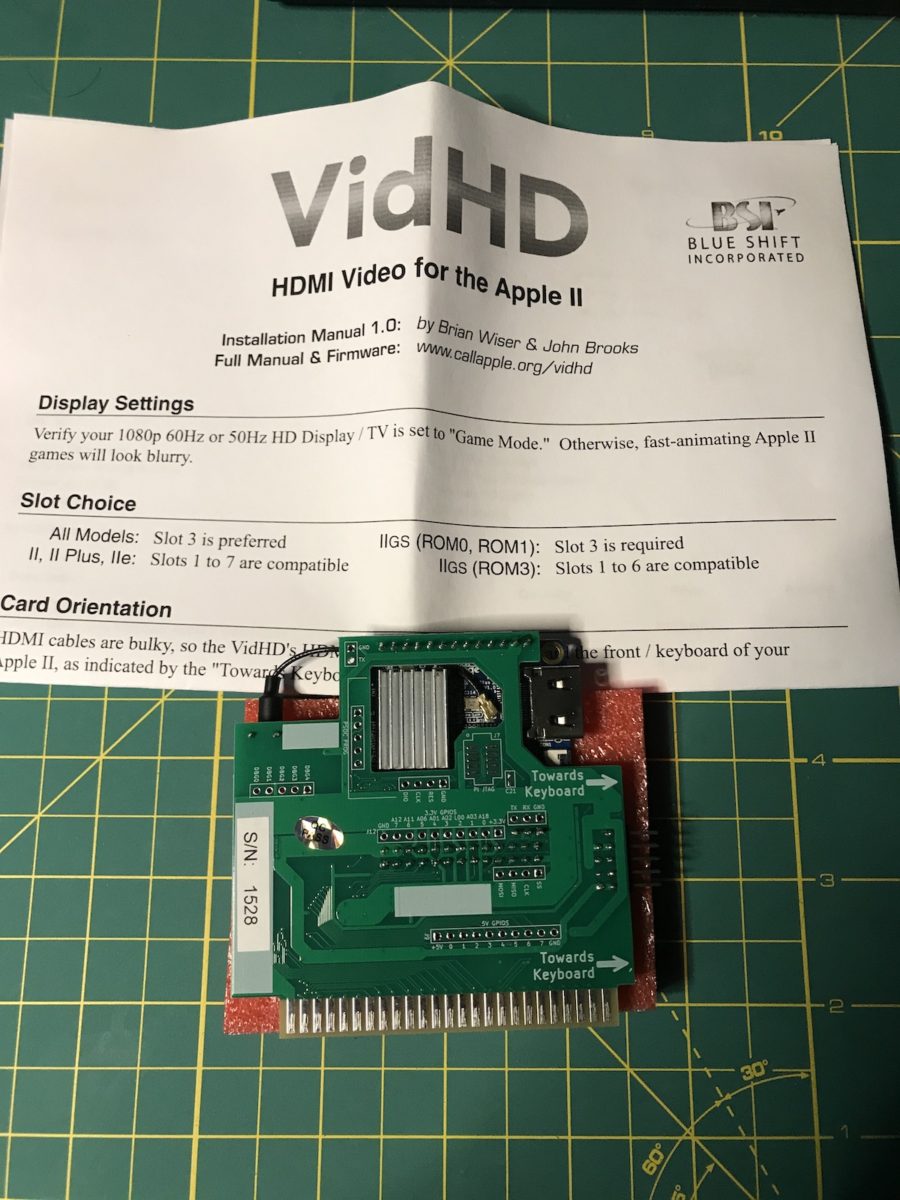
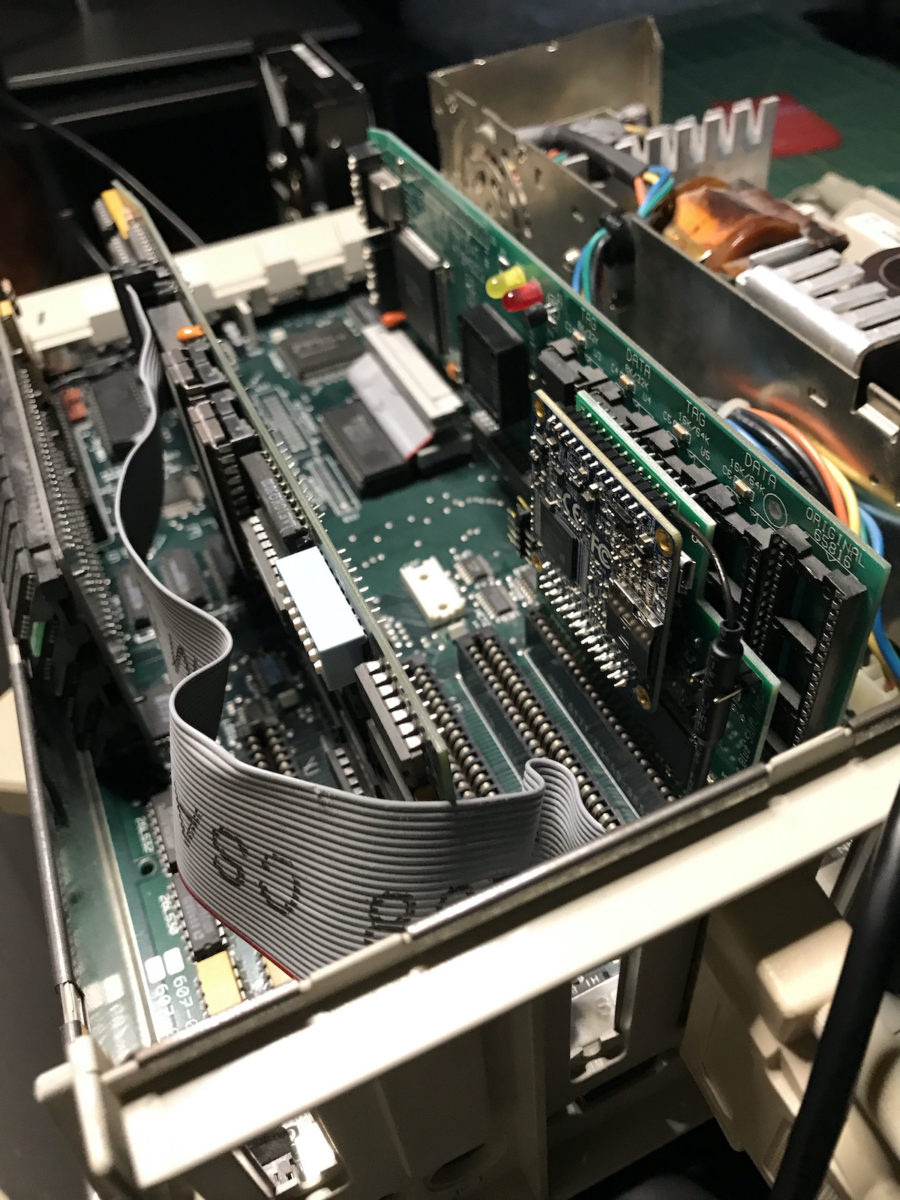
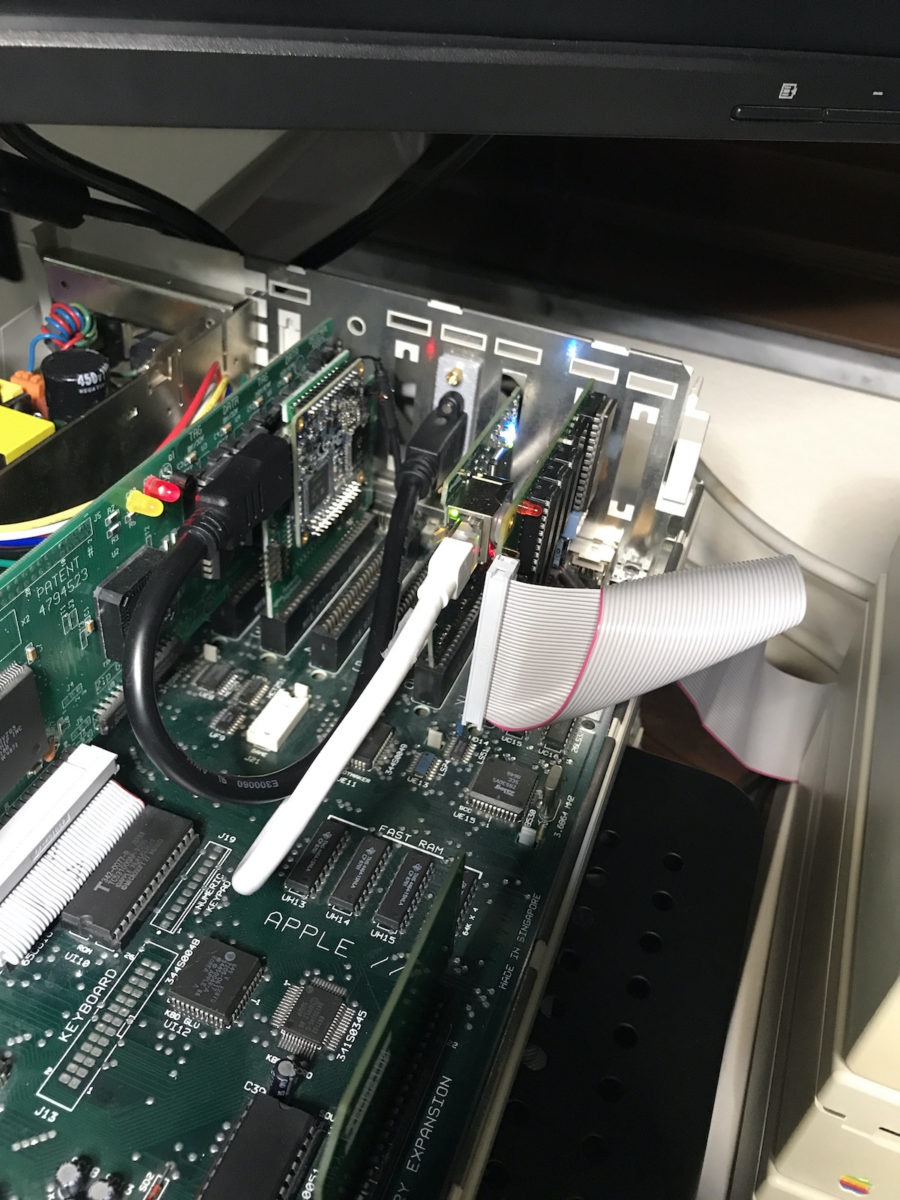
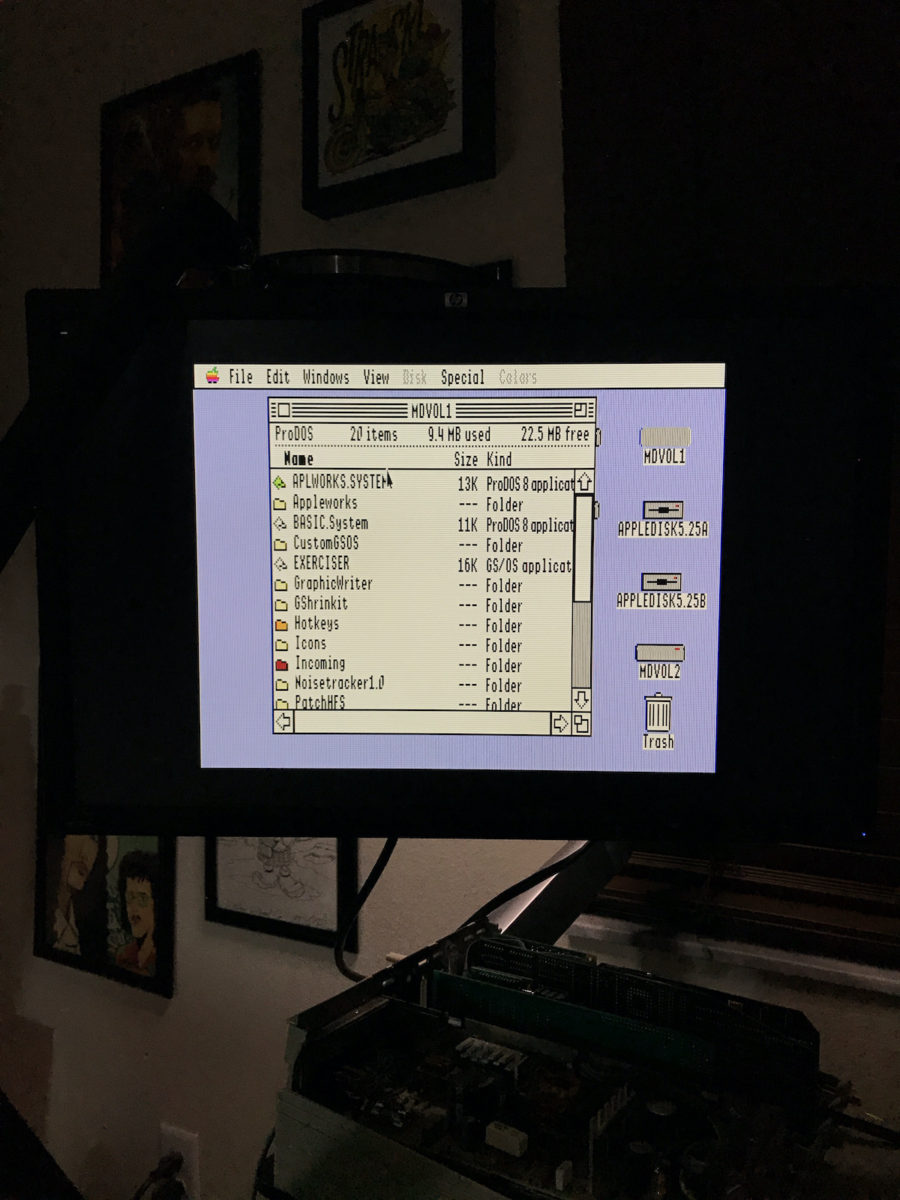
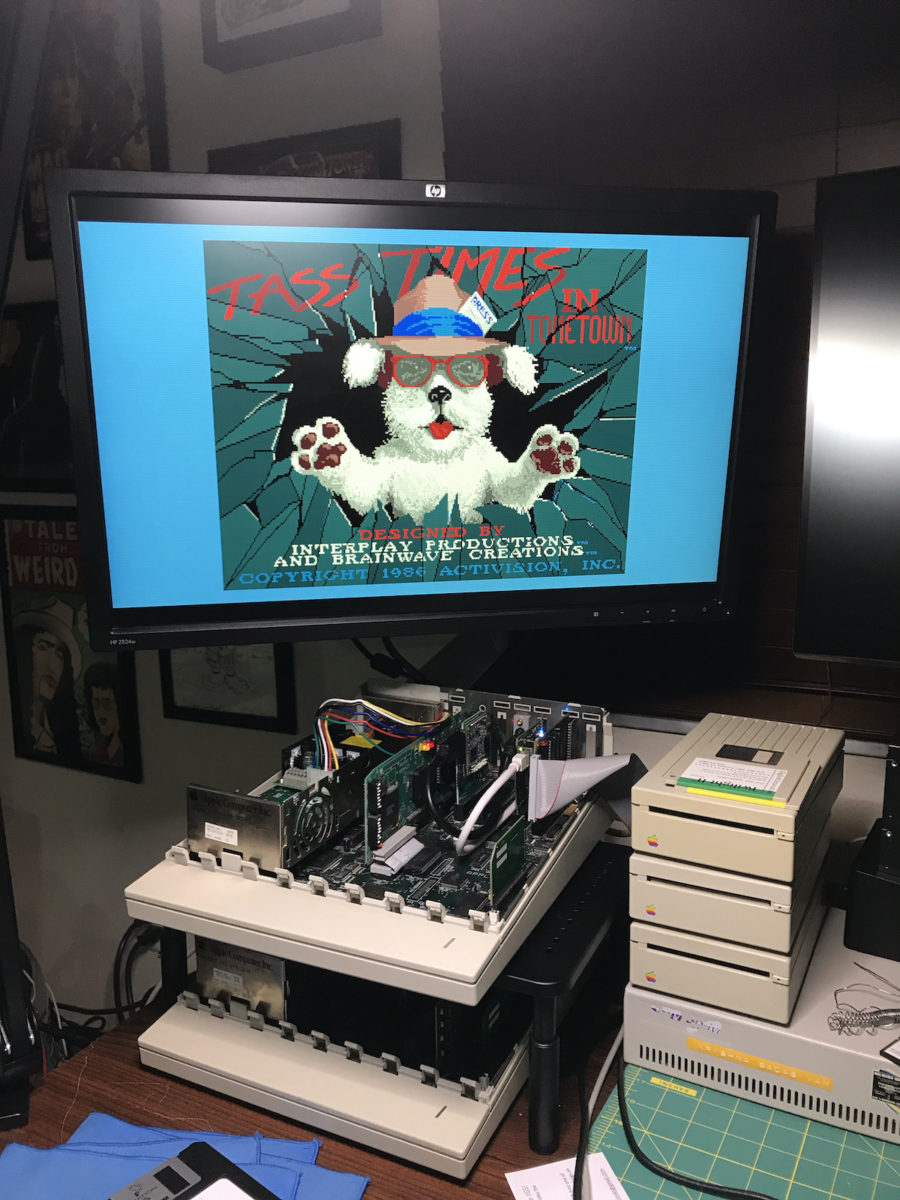
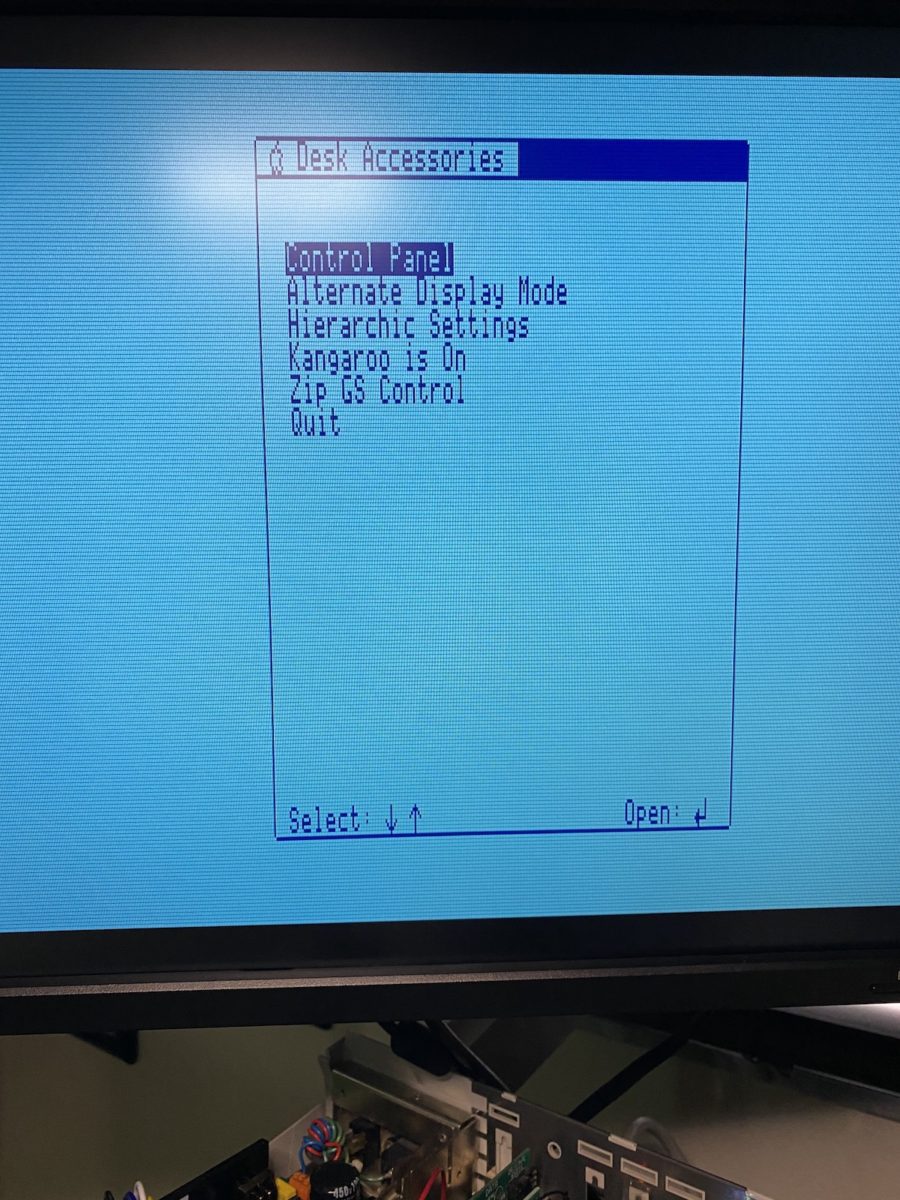
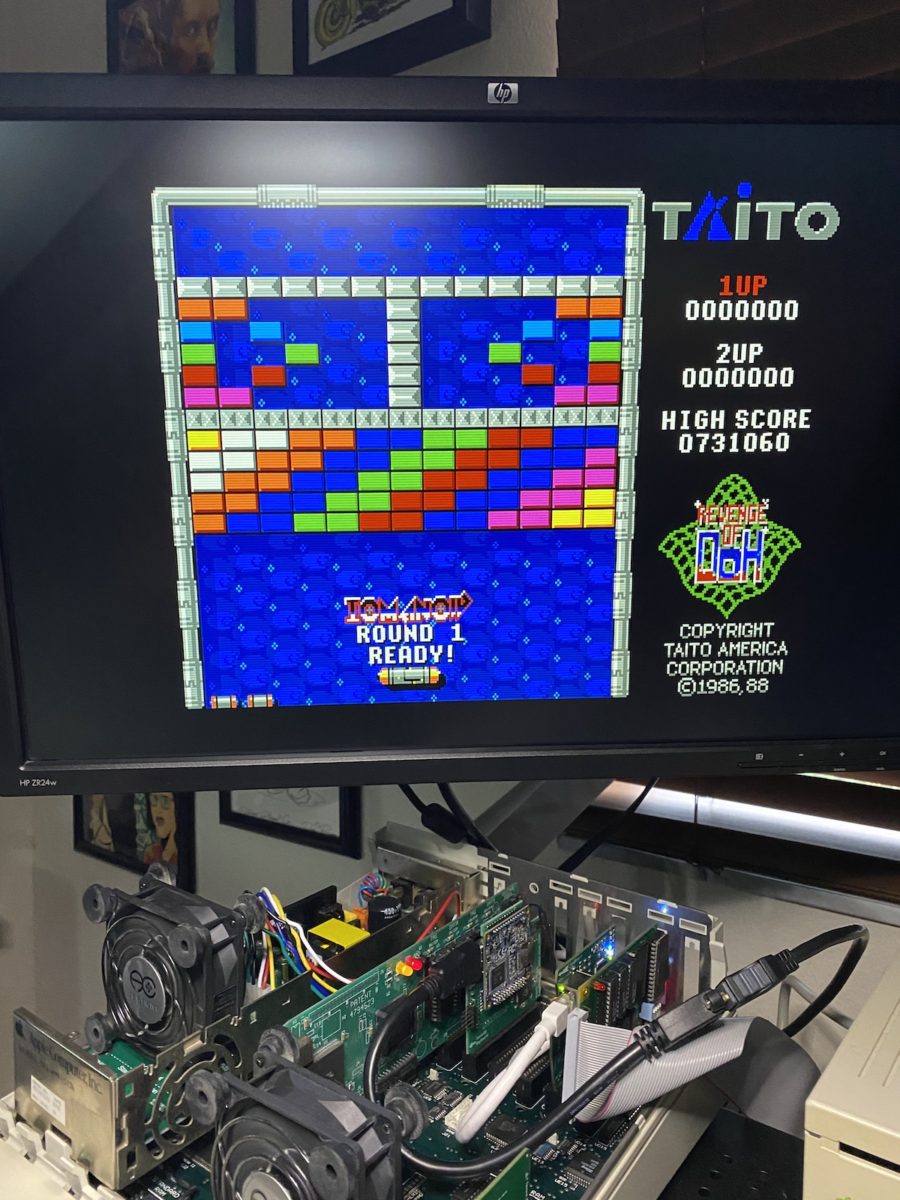
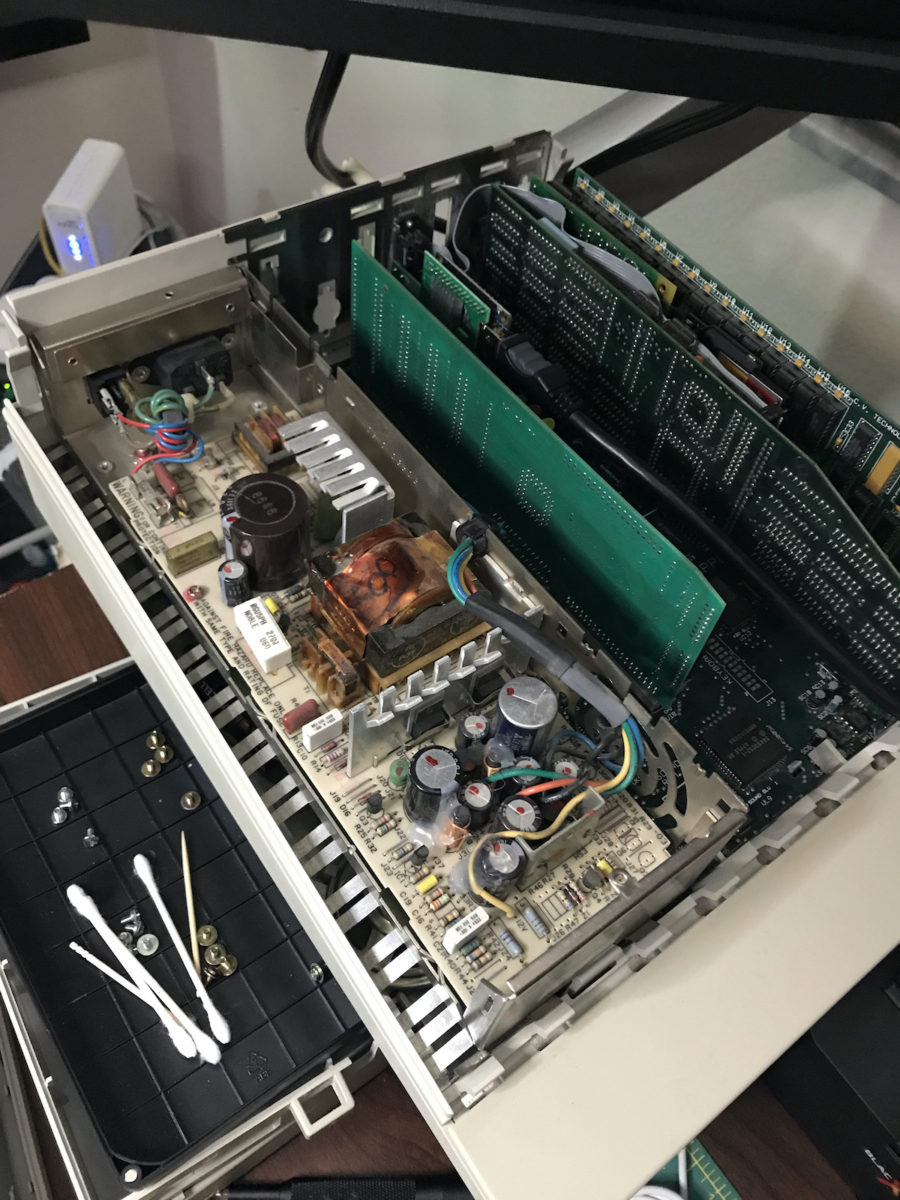
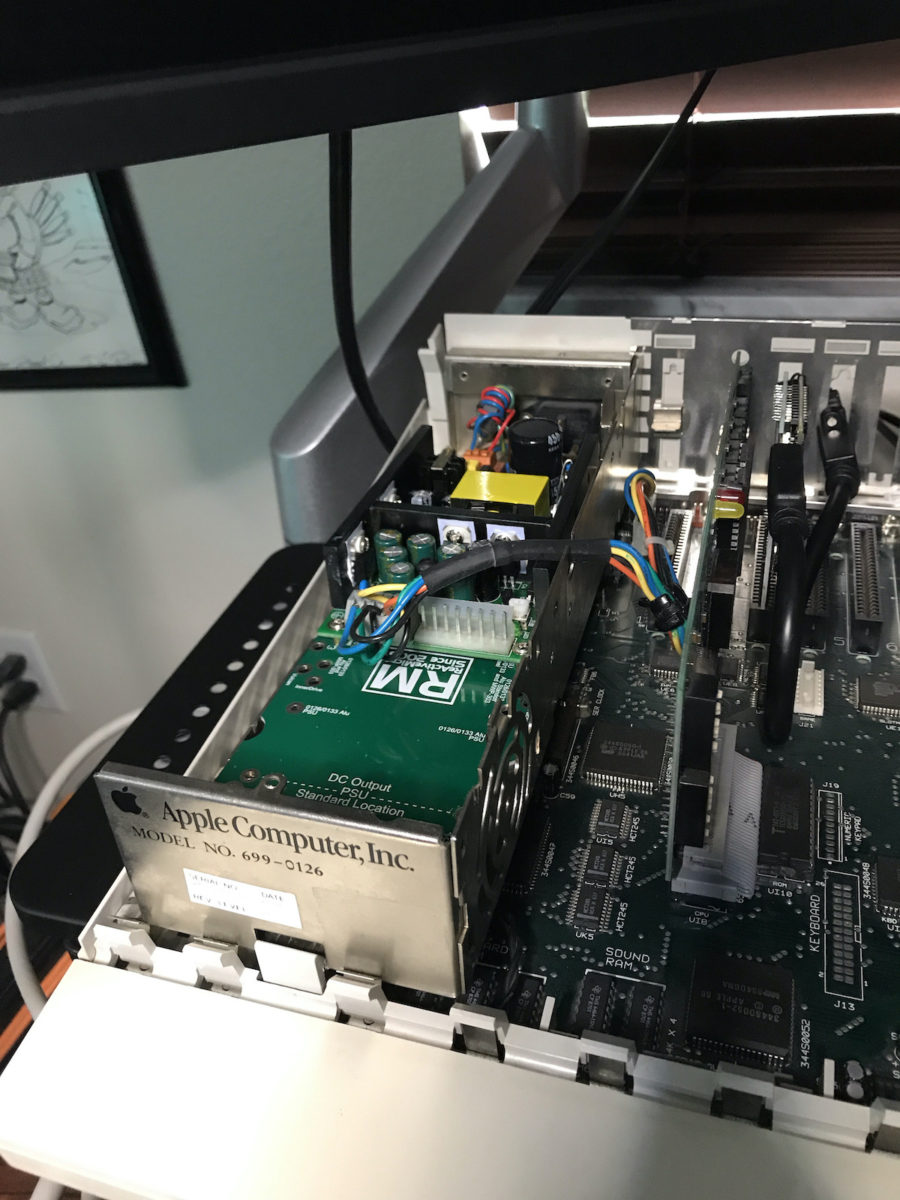
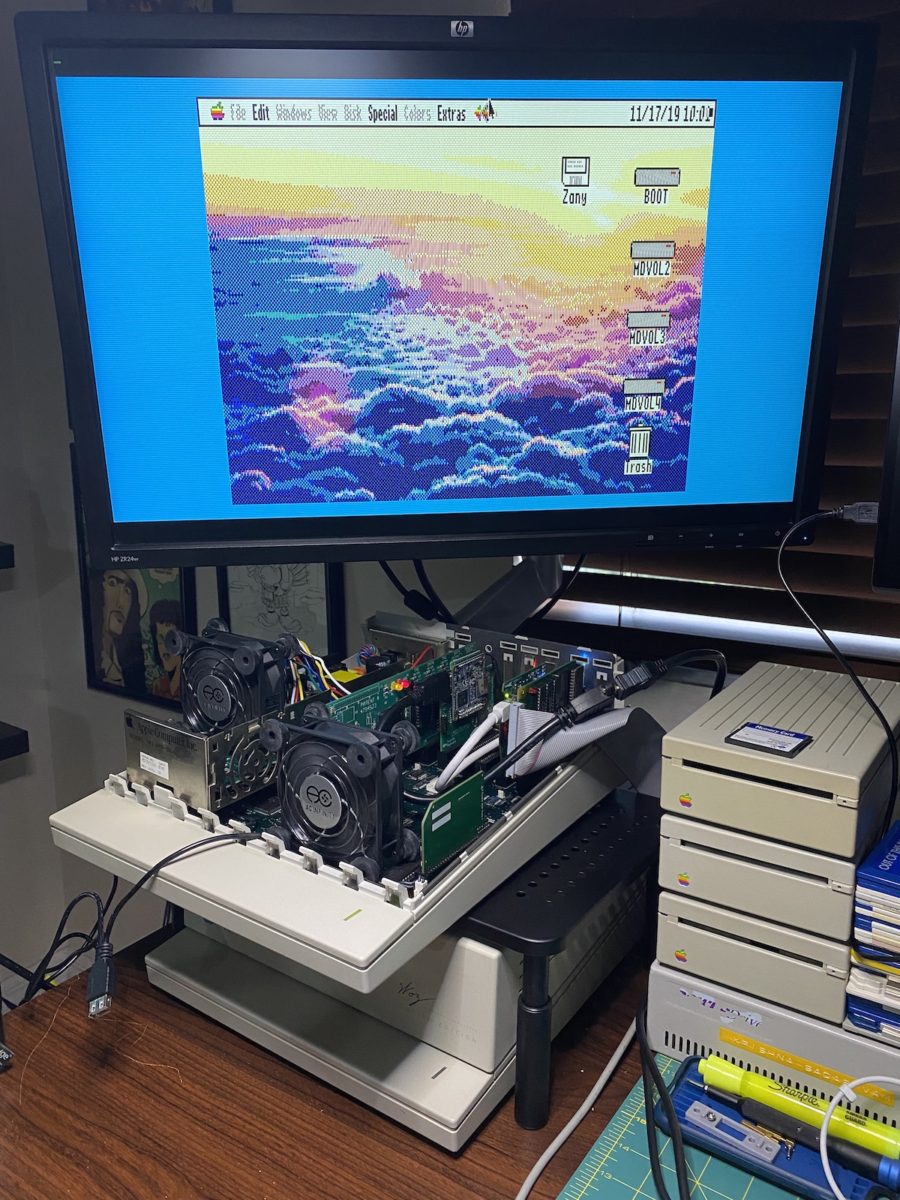



j
November 19, 2019 at 8:14 pmAnother great reason to own a vidhd on a //gs – if you’re like me, most of my best peripherals (storage, keyboards, joystick, etc) go to my //gs, but I enjoy playing classic 8 bit games as well (hello, Total Replay!). The vidHD makes these great on the //gs because it allows you to switch to an emulated //e hires color palette, rather than the //gs’ native “wrong” one where the blue is way too dark :). Or lets you blur things up with the NTSC simulation if you want it really old school…